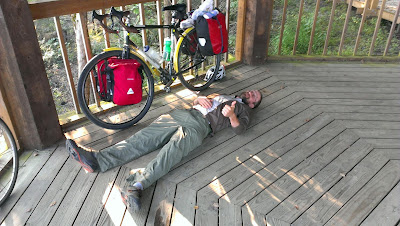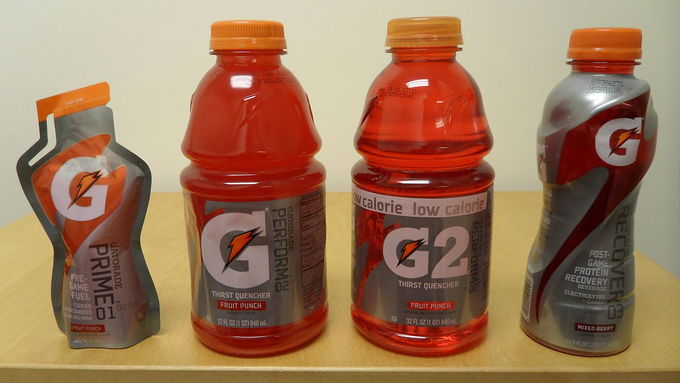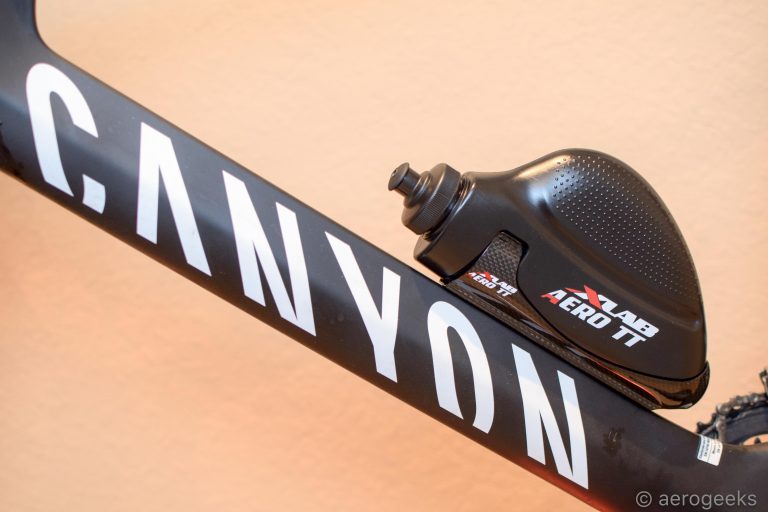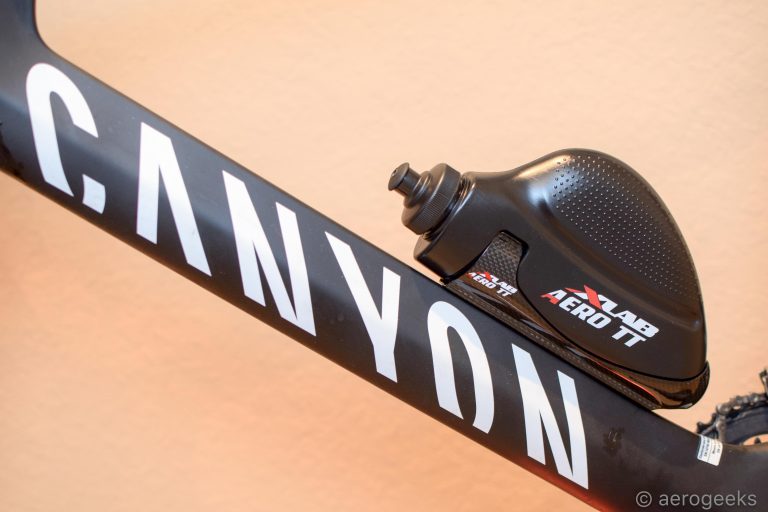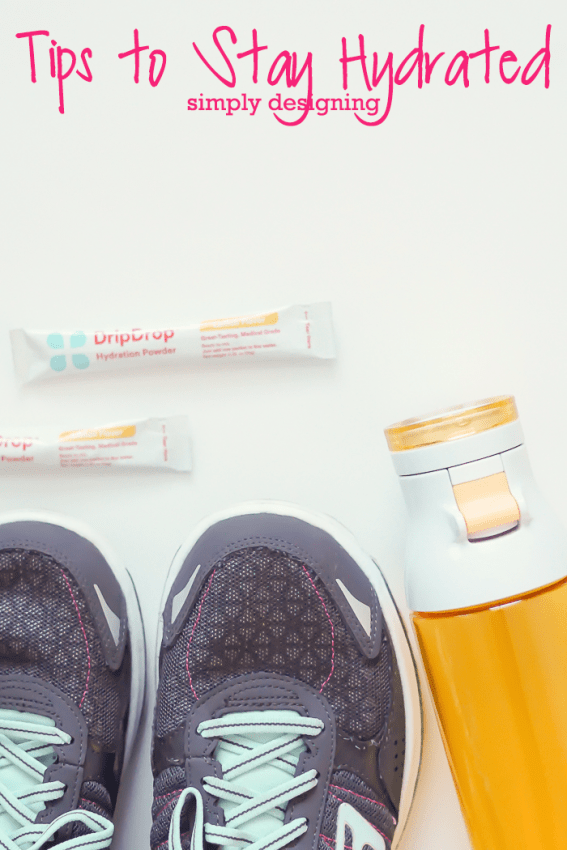Preventing Dehydration During Cycling Events: A Comprehensive Guide
Introduction
Cycling events, whether competitive races or leisurely long-distance rides, require significant physical exertion. As cyclists pedal along their chosen routes, pushing through the elements and challenging terrains, their bodies lose fluids. Preventing dehydration during cycling events is crucial for maintaining optimal performance and ensuring safety. Effective hydration strategies can make a significant impact on a cyclist’s ability to sustain their energy, avoid cramps, and ultimately improve their cycling performance metrics.
In addition to understanding the basics of fluid intake, electrolyte balance, and thirst signals, cyclists also need to be aware of nuances like cycling nutrition and the importance of a proper hydration schedule. In this article, we’ll explore these aspects in depth, providing you with actionable advice and tips to keep yourselves hydrated and in top form during your cycling adventures.
Understanding the Critical Role of Hydration in Cycling
Dehydration can severely impact a cyclist’s performance, leading to exhaustion, muscle cramps, and a significant decrease in endurance. Recognizing dehydration symptoms early, such as dry mouth, dizziness, or decreased urine output, is essential. Proper hydration goes beyond just drinking water; it involves planning fluid intake, using sports drinks, and maintaining an electrolyte balance. Cyclists must be conscious of their sweat rate, as it can affect how much fluid they need to replenish.

Importance of Electrolyte Balance and Sodium Intake
Electrolytes like sodium, potassium, and magnesium play a crucial role in muscle function and fluid retention. During cycling events, especially in hot and humid conditions, the body loses these minerals through sweat. Maintaining a balance is pivotal to preventing dehydration and muscle cramps. Consider incorporating sports drinks and snacks that contain these essential minerals to ensure adequate sodium intake and overall hydration.
Fluid Replenishment and Rehydration Techniques
Fluid replenishment is not a one-size-fits-all approach. It’s essential to tailor hydration strategies according to individual needs and the specific demands of the cycling event. Start with water bottles filled with water and alternate with sports drinks to combine fluid replenishment with nutrient intake. Using hydration packs can also be a convenient option for those participating in endurance cycling events, allowing for easy access to fluids without interrupting the ride.
Hydration Planning and Scheduling for Cyclists
To tackle dehydration effectively, it’s vital to have a hydration plan that aligns with your cycling schedule. Begin hydration planning well before the event, adjusting fluid intake according to the length and intensity of the ride. Monitoring thirst signals and adapting your fluid intake accordingly will help sustain performance. The following sections delve into cycling nutrition, training techniques, and gear selection that aids in better hydration management.
Cycling Nutrition and Fluid Intake
Optimal cycling nutrition is more than just what you eat; it’s also about how much you drink. Incorporating carbohydrate-rich fluids into your ride can provide sustained energy while keeping dehydration at bay. While hydration packs are excellent for constant fluid access, you might also consider energy gels and bars for additional fuel. Timing is key—regular sipping, rather than occasional gulps, ensures steady hydration.
Training Techniques for Cyclists
Training techniques like interval training, which is known to improve endurance and efficiency, require a distinct hydration strategy. When engaging in power-based training, keeping track of fluid intake during breaks is essential. Practicing hydration during training can better prepare you for real-event conditions. Training on different terrains and climates also helps understand sweat rate variations, enabling precise hydration planning.

Best Nutrition Practices for Cyclists
Nutritional planning before, during, and after events can affect hydration levels. Consuming a balanced meal rich in electrolytes and carbs before cycling primes the body for activity. During rides, aim for water-electrolyte replacements, such as sports drinks, alongside solid nutrition that supports sustained energy and recovery. Post-ride rehydration techniques should focus on replacing lost fluids and minerals to facilitate recovery.
Choosing the Right Cycling Gear for Hydration Management
Just as important as the right nutrition is selecting gear that supports your hydration goals. Hydration packs are invaluable for long rides, allowing easy access to fluids. If you prefer traditional water bottles, consider those with easy-to-sip nozzles, enabling use without losing focus on your ride. Be mindful of bike maintenance to ensure your gear is in optimal condition, thereby avoiding any unexpected hiccups that could divert focus from hydration.
Cycling Cadence and Performance Metrics
Understanding your cycling cadence and how it relates to performance metrics can offer insights into your hydration needs. A consistent cadence with minimal variation can improve energy efficiency, reducing excessive sweating. Using devices to track average cadence and heart rate can reveal valuable data on when to increase fluid intake. Incorporating technology like power meters helps tailor hydration strategies to your own body’s metrics.
Data, Metrics, and Supporting Studies on Hydration
Data and metrics play a significant role in refining hydration strategies. A study published in the Journal of Sports Sciences noted that even slight dehydration (as little as 1% of body weight) can impair physical performance, emphasizing the importance of regular fluid consumption. Cyclists using power meters showed a marked improvement in maintaining steady pace and fluid intake, resulting in better overall performance.
Benefits of Using Power Meters for Performance Tracking
Analyzing data from power meters can demonstrate the efficiency of your fluid intake strategies. Recognizing patterns during cycling sessions, such as peak dehydration points, makes it easier to adjust strategies. Such data-backed approaches enhance endurance, allowing cyclists to push limits while staying hydrated.
VO2 Max Improvements for Cyclists
VO2 max, which measures the maximum amount of oxygen your body can use, is a crucial metric for endurance athletes like cyclists. A well-hydrated athlete is more likely to reach optimal VO2 max levels compared to someone dehydrated. This aspect further underpins the need for precise hydration schedules as part of cycling fitness and endurance training protocols.
FAQs
What are the early signs of dehydration during cycling?
Early signs include dry mouth, dizziness, fatigue, muscle cramps, and a noticeable reduction in urine output. Recognizing these symptoms early can help prevent severe dehydration.
How much should I drink during a cycling event?
Fluid needs vary based on individual sweat rates and ride intensity. On average, aim to drink about 500ml to 750ml per hour, adjusting based on your goals and environmental conditions.
What are effective rehydration techniques post-ride?
Post-ride rehydration should focus on replacing lost fluids and electrolytes. Consider sports drinks enriched with electrolytes and consume a balanced meal to support recovery.
Do I need sports drinks, or is water enough?
While water is essential, sports drinks can provide necessary electrolytes and carbohydrates that are crucial for longer rides or more intense efforts. Balance both during your rides according to personal needs and event requirements.
Can my cycling gear affect hydration strategies?
Yes, the right gear, such as hydration packs and user-friendly water bottles, can simplify access to fluids, thereby supporting your hydration plan. Ensure that your cycling kit is suited for quick and easy hydration.
Conclusion
Preventing dehydration during cycling events is essential for maintaining peak performance and ensuring safety. By understanding hydration guidelines, evaluating individual needs, and deploying tailored strategies, cyclists can greatly enhance their physical endurance. Remember that hydration planning should be integrated into your cycling routine, supported by the right gear and nutrition choices.
We encourage readers to try the discussed methods, consider their own experiences, and share insights or questions in the comments section. With the right mix of preparation and execution, overcoming the challenges of dehydration can significantly enhance cycling performance and enjoyment.
